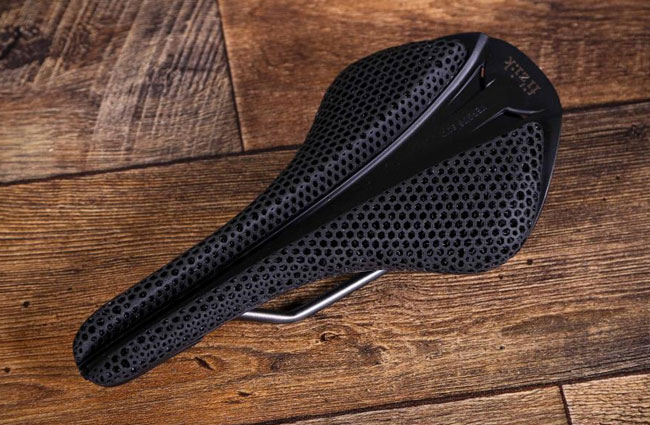

Blending 3D-print technology with a tried and tested shape yields a lightweight and comfortable performance saddle. The Fizik Antares Versus Evo R3 Adaptive saddle is expensive, yes, but for those who like the Antares shape, the high-tech construction has some real benefits.
As with every saddle review, when it comes to comfort it's entirely subjective – what I find comfortable might, to you, feel like sitting on a bed of nails, or what is uncomfortable for me might make you feel like you're floating on a cushion of air.
So... 3D printed 'Adaptive' saddle padding. What's the fuss all about? Well, to quote Fizik: 'The evolution of digital 3D printing allowed us to develop a new saddle without the constraints or limitations imposed by traditional production methods and materials. The Adaptive saddle padding is crafted by Carbon using its revolutionary Digital Light Synthesis technology. DLS is an additive manufacturing process which uses digital ultraviolet light projection, oxygen permeable optics, and programmable liquid resins to produce parts with excellent mechanical properties, resolution and surface finish.'

There's no doubt, it makes compelling reading – if you're into 3D printing and the latest technological advances in saddle manufacture. Since Fizik unveiled its original Adaptive saddle back at Eurobike 2019, it's been hailed in some quarters as the future of saddle design, because of how this kind of construction can enable more detailed variation of padding while keeping bulk down.
I have to say that I wasn't convinced by it at launch. As a seasoned Fizik Antares (and Arione) rider, I'd never had any issues with the padding or construction on those saddles, which have ranged from the entry-level R5 up to carbon-railed R1s. If it ain't broke, don't fix it, right? Especially when it comes to a such a critical element of your bike fit.
Read More